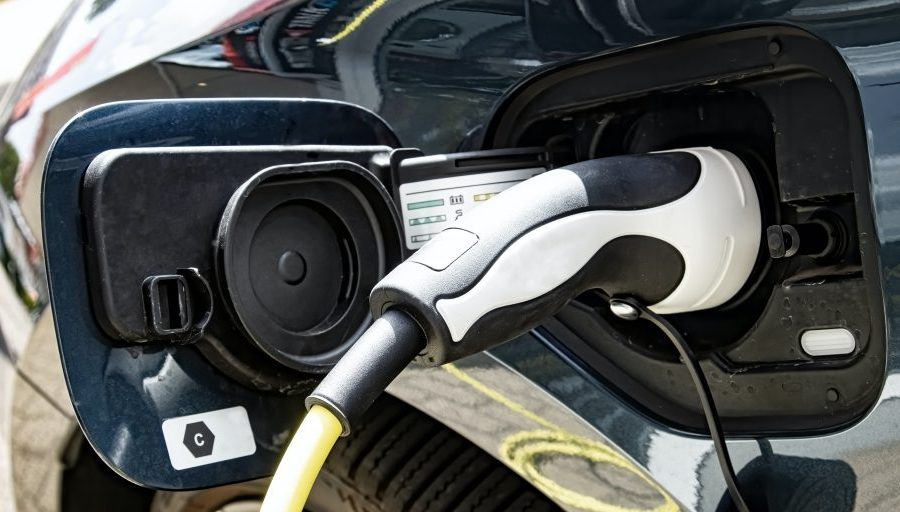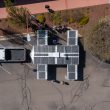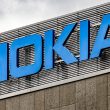Cities lay the groundwork for an adequate EV-charging infrastructure
Work continues on building out the nation’s electric vehicle (EV) charging infrastructure. On June 9, the Biden Administration proposed new standards for a national EV charging network.
The administration’s goal is to build out a national network of 500,000 electric vehicle chargers along America’s highways and in communities. It is a key piece of the $1.2 trillion Bipartisan Infrastructure Law (Infrastructure Investment and Jobs Act). There are currently about 49,200 alternative fueling stations in the U.S., according to the U.S. Department of Energy.
The Energy Department, in collaboration with the U.S. Department of Transportation, is proposing new standards to make charging EVs convenient, reliable and affordable for all Americans, including when driving long distances. Without strong standards, chargers could be less reliable, may not work for all cars, or lack common payment methods. The new standards will help ensure motorists throughout the U.S. can use the network—no matter what car they drive or which state they are charging up their vehicles in.
But are half a million chargers enough? Maybe not, says Bill Policastro, vice president of grants and business development at Blink. “Some estimates show that the need for charging stations in the U.S will be in the millions to meet the growing demand for EVs.” Blink is a leading owner and operator of Fast Level 2 and Direct Current Fast Charging (DCFC) EV charging stations. The firm manufactures charging stations, connects them via the Blink Network, and partners with host locations to operate them.
Policastro says state and local governments are key partners in the expansion of the national EV charging network. “Blink has been awarded over $30 million in grant funding and RFP awards since January 2021 to build out strategic EV charging pipelines in states such as Ohio, Texas, Florida and Michigan.”
The Blink executive says cities have an important function to play as motorists switch to EVs. “Partnerships with municipalities to install public EV chargers are particularly important to mass adoption of EVs, especially for the millions of Americans who do not live in single family homes or have access to a garage.”
He adds that public chargers will play a key role in ensuring charging infrastructure is accessible to all. “For example, Blink Mobility operates the BlueLA EV car-sharing program in partnership with the Los Angeles Department of Transportation, and last year announced it is expanding to add 300 additional chargers in downtown Los Angeles and up to 200 EVs to make the service accessible to disadvantaged residents.”
Several West Coast cities, including San Jose, San Francisco and Los Angeles, are leaders in establishing EV infrastructure, says Celeste Frye, co-founder and CEO of Public Works Partners LLC, a WBE/DBE/SBE-certified planning and consulting firm. The company specializes in multi-stakeholder initiatives and building strong parterships across the nonprofit, government and private sectors.
To read the complete article, visit American City & County.

















